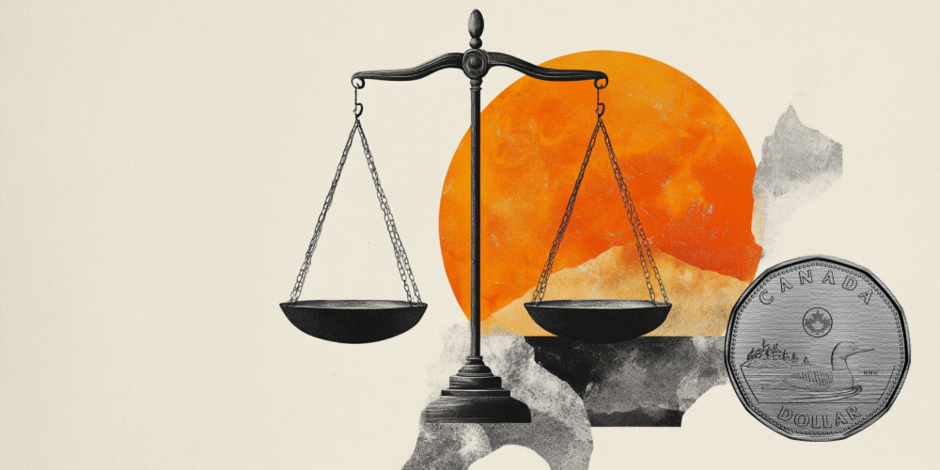BoC's Gravelle: We expect to announce end of quantitative tightening in the first half of 2025

Bank of Canada (BoC) Deputy Governor Toni Gravelle noted on Thursday that although the BoC is expected to draw down its quantitative tightening program in 2025, the Canadian central bank won't be immediately pivoting into a similar quantitative easing structure like it has done in recent years.
Key highlights
We will need to restart our normal-course asset purchases gradually, and well before September.
We expect to announce end of quantitative tightening in the first half of 2025.
We will not be buying assets on an active basis to stimulate the economy like we did with QE during the pandemic.
We will not be ending QT out of any concern about functioning of repo markets; we think other factors are causing these pressures.
We will hold not only government of Canada bonds but also GOC T-bills and term repos; may not hit desired composition of assets till around 2030.
We will probably adjust our estimated range from time to time, possibly both up and down.
T-bill purchases will take place in the primary market and we expect them to resume in Q4 this year, initially with relatively small amounts.
While QT is almost finished, the composition of our asset holdings won't be back to normal for quite some time.
A Trump tariff on exports would have a big negative impact on economic growth.
There would likely be an inflation impact at the same time that we have a slowdown in the economy. So that puts a central bank in a very complicated space.
Author

Joshua Gibson
FXStreet
Joshua joins the FXStreet team as an Economics and Finance double major from Vancouver Island University with twelve years' experience as an independent trader focusing on technical analysis.
















